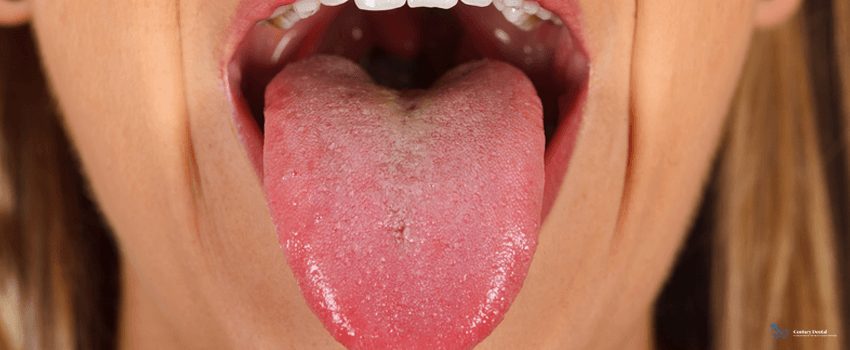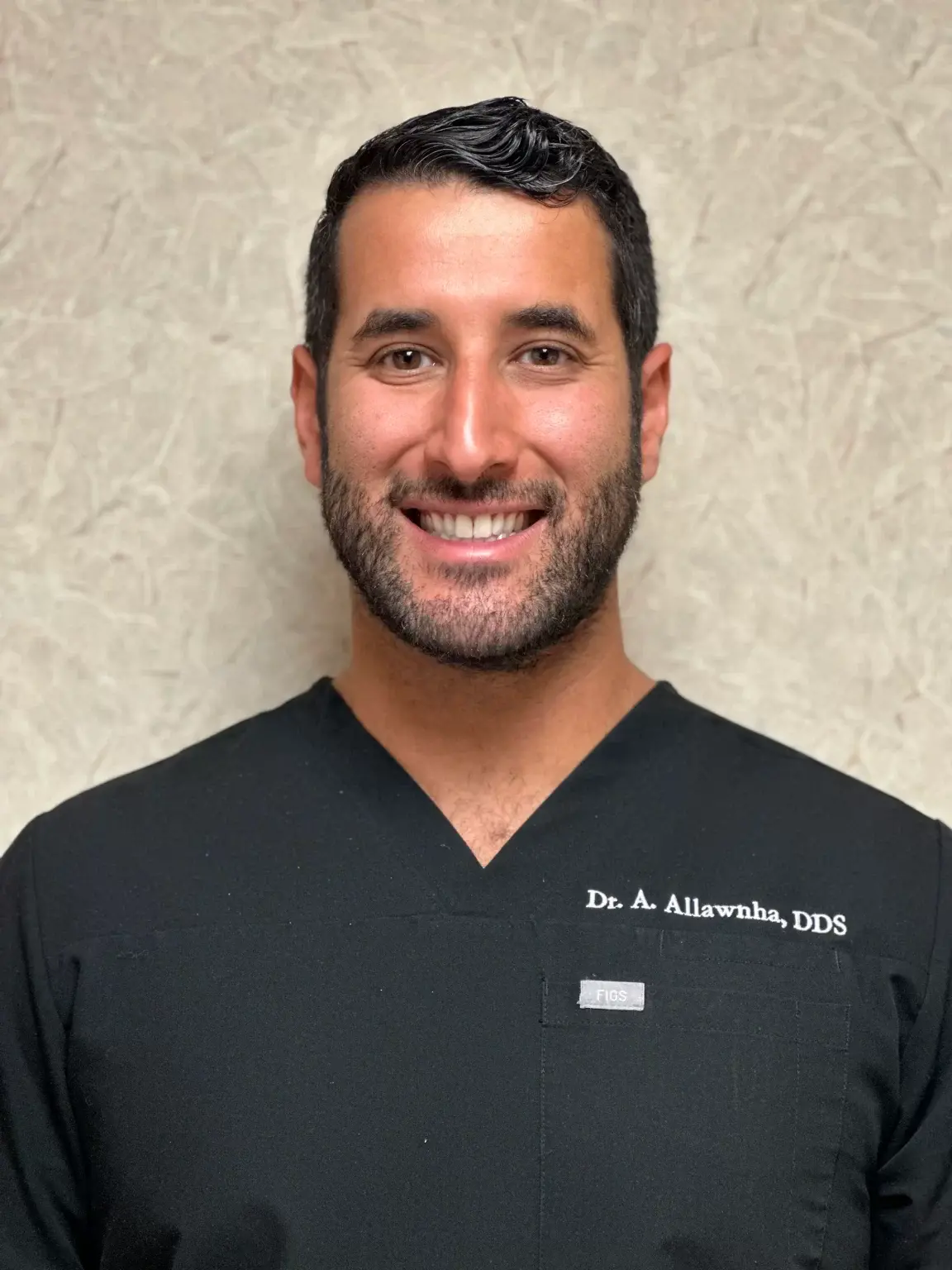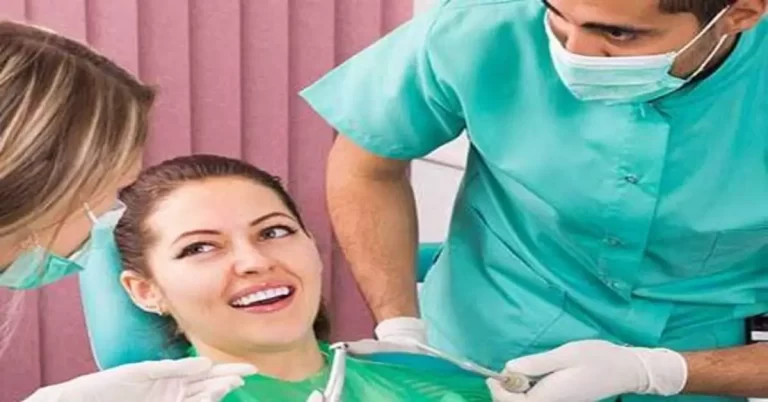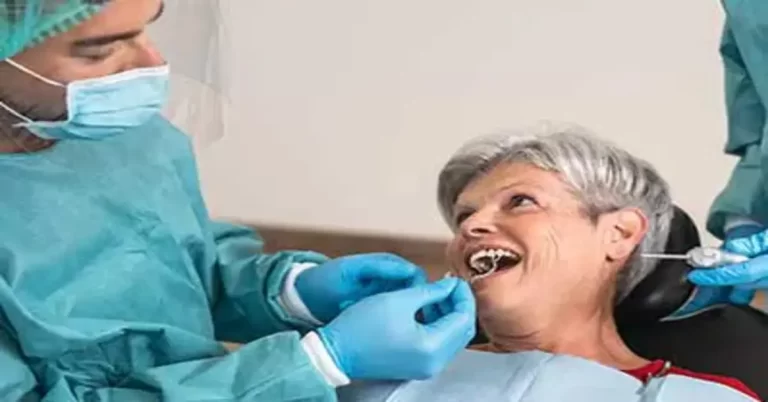Median rhomboid glossitis (MRG) is a condition that causes a red, flat, smooth, or dark pink area on your tongue. It may sound like a serious condition, but it usually doesn’t require treatment.
Century Dental is here to discuss its possible causes, symptoms, and when you should seek treatment to help you keep your mouth healthy.
What is Glossitis?
Median rhomboid glossitis is a term medical experts use to describe flat or raised red nodular areas on the tongue’s surface and back. It is also known as posterior midline atrophic candidiasis and central papillary atrophy. Normally, the finger-like projections covering the tongue called papilla are missing in areas affected by the condition. The “median” in median rhomboid glossitis refers to the lesion’s location on the tongue, while “rhomboid” refers to its shape. “Glossitis” means inflammation of the tongue.
The American Academy of Oral Medicine shows that glossitis tongue is more common in men between 30 and 50. It occurs in approximately 1% of the population, presenting as an oval-shaped area two to three centimeters long, and doesn’t affect your ability to taste food.
MRG doesn’t usually produce symptoms, and dentists are often the first people who spot them on routine checkups. Most medical experts believe that it’s a chronic fungal infection and may sometimes lead to the development of lesions on the palate directly opposite the tongue’s lesions. This happens more in people with suppressed immune systems, transferring some of the fungal organisms on the tongue to the palate through swallowing and other similar actions.
Median Rhomboid Glossitis: Causes and Risk Factors
A review by the Journal of Patient-Centered Research and Reviews found that the mouth has about 100 fungi species that are generally harmless unless there’s an irregularity in your body.
The most common cause of MRG is the fungi, Candida. It lives in healthy people in small numbers and may cause fungal infections when they multiply.
According to the National Health Service, MRG is more common in the following types of people:
- People with diabetes or patients with compromised immune systems
- Smokers
- Patients undergoing chemotherapy, steroid, or antibiotic treatment
- People who wear dentures, especially if they don’t take them out before bedtime
- Dry mouths
- Low levels of iron, folate, and B12 in the body
- People who consume a high-sugar diet
Median Rhomboid Glossitis: Symptoms
MRG is sometimes asymptomatic. It means that you might not even notice it until your dentist diagnoses you during routine care assessments. However, you may also notice some of these symptoms:
- A smooth, reddish area in the top middle area of your tongue
- Sore lips
- A lump or thickening in the top middle area of your tongue
- Red or white spots in other parts of your mouth
Is glossitis contagious? This condition is not contagious and causes no soreness or pain. However, some people may feel a burning sensation while eating.
Median Rhomboid Glossitis: Diagnosis
After hearing about any problems in your mouth and performing a clinical examination of your glossitis tongue, a dentist or doctor will usually diagnose it. They may also recommend additional tests like an oral rinse test. It will require you to rinse your mouth with salt water that you spit out into a container. This sample will be sent to a microbiology lab where it will be tested for Candida. A biopsy may also be necessary if the diagnosis is unclear or the area is thickened.
Median Rhomboid Glossitis: Treatment and Prevention
MRG is not usually associated with symptoms or pain, making it difficult to recommend a treatment. Some of the ways you can prevent and treat it include:
Making Positive Lifestyle Changes
You can prevent MRG by making certain lifestyle changes that positively impact your health, like:
- Quitting smoking
- Taking dentures out before bedtime
- Taking vitamin or mineral supplements
- Reducing sugar in your diet
- Drinking more water and other measures to improve dry mouth
A study published in the Journal of the American Dental Association shows that more than 500 medications can cause dry mouth. Your dentist may recommend alternative medications if your current ones cause dry mouth.
Practicing Good Oral Hygiene
Good oral hygiene is a must to reduce the chances of microorganisms developing. Brush your teeth and tongue at least twice daily, and use water flossers or interdental brushes to clean between your teeth at least once per day. You may also consider using other helpful products like an antimicrobial tongue scraper and mouth rinse.
You should also go for regular checkups with your dentist to allow them to detect any potential problems early and prevent them from worsening. Always visit your dentist if you notice any unusual changes in your mouth.
Taking Anti-fungal Treatments
Topical troches and other systemic anti-fungal medications can help reduce the inflammation caused by a candida infection. These are given before a biopsy to reduce epitheliomatous-like hyperplasia on the tongue. Dentures and other devices used should also be treated with anti-fungal agents.
Benefits of Keeping Your Tongue Clean
Keeping your tongue clean is an essential part of preventing and treating MRG. Other benefits it provides include:
Prevents Bad Breath
According to a 2004 study, a tongue scraper reduces bad breath caused by volatile sulfur compounds. It can eliminate 75% of these compounds.
Reduces Bacteria On The Tongue
A 2014 study in BMC Oral Health showed that tongue cleaning reduces the number of bacteria on the tongue and keeps bacteria levels low if done constantly.
Fresher-feeling Mouth
Although the American Dental Association doesn’t consider tongue cleaning to reduce bad breath, it suggests that it also provides you with a fresher-feeling mouth.
Reduces Plaque
A study on plaque levels in children published in the International Journal of Clinical Pediatric Dentistry in 2013 showed that regular tongue cleaning with a toothbrush or tongue scraper reduces plaque.
Key Takeaway
Median rhomboid glossitis is characterized by red, raised, or flat rhomboid-shaped areas at the center of the tongue. It usually does not present other symptoms, and dentists often first notice them. Sometimes, a biopsy may be necessary to confirm the diagnosis.
Making positive lifestyle changes, practicing good oral hygiene, and taking anti-fungal treatments are some ways MRG is treated and prevented.
Keep your mouth healthy with Century Dental.
Our dentist near South Pasadena FL, provides general and preventive dentistry services that help keep your teeth, gums, and mouth healthy. They can also perform oral cancer screenings to ensure your overall health. Call us today for any questions or concerns regarding your oral health.





